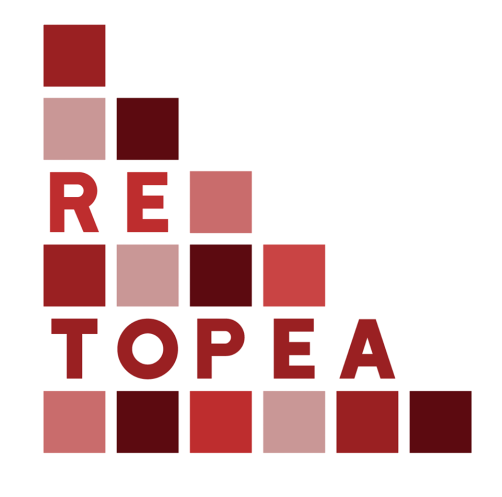Ohrid Framework Agreement: emblems marking identity
Section 7.1. of the OFA reads as follows:
‘7.1. With respect to emblems, next to the emblem of the Republic of Macedonia, local authorities will be free to place on front of local public buildings emblems marking the identity of the community in the majority in the municipality, respecting international rules and usages.’
This article allows the predominantly Muslim Albanian minority in the country to express its national and religious markers in the local communities. To do so, they have to pass the assigned threshold of a majority group. For example, this is the case in several municipalities in Skopje populated with a majority of an Albanian population, as well as in the case of the Skopje municipality of Šuto Orizari, the only European municipality populated with a Roma majority.
For more information on this and other peace treaties, see
Title
content
‘7.1. With respect to emblems, next to the emblem of the Republic of Macedonia, local authorities will be free to place on front of local public buildings emblems marking the identity of the community in the majority in the municipality, respecting international rules and usages.’
This article allows the predominantly Muslim Albanian minority in the country to express its national and religious markers in the local communities. To do so, they have to pass the assigned threshold of a majority group. For example, this is the case in several municipalities in Skopje populated with a majority of an Albanian population, as well as in the case of the Skopje municipality of Šuto Orizari, the only European municipality populated with a Roma majority.
